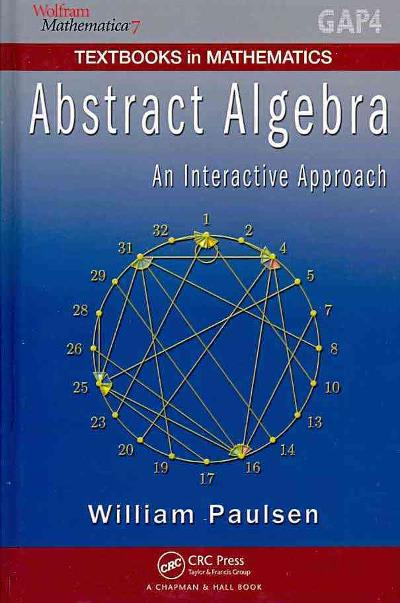Question
QUESTION 1 Please answer the question below based on the following output. Model Summary Model R R Square Adjusted R Square Std. Error of the
QUESTION 1
Please answer the question below based on the following output.
| Model Summary | ||||
Model | R | R Square | Adjusted R Square | Std. Error of the Estimate |
1 | .027a | .001 | -.011 | 11.28166 |
|
| ANOVAa | ||||||
Model | Sum of Squares | df | Mean Square | F | Sig. | |
1 | Regression | 7.584 | 1 | 7.584 | .060 | .808b |
Residual | 10691.172 | 84 | 127.276 | |||
Total | 10698.756 | 85 | ||||
a. Dependent Variable: Communication | ||||||
b. Predictors: (Constant), Knowledge |
| Coefficientsa | ||||||
Model | Unstandardized Coefficients | Standardized Coefficients | t | Sig. | ||
B | Std. Error | Beta | ||||
1 | (Constant) | 82.687 | 7.152 | 11.561 | .000 | |
knowledge | .040 | .163 | .027 | .244 | .808 | |
a. Dependent Variable: Communication |
- Explain the purpose of the analysis above (2M)
- Briefly explain the similarities and differences of this statistical method and the correlation statistical method (4M)
- State and describe the types of variable involved in this analysis (3M)
- Develop the null hypothesis of this study (3M)
- Explain the decision to test your hypothesis that you developed above using appropriate level of significance testing (5M)
- Write the regression equation of the findings of this study (3M)
QUESTION 2
Please answer the question below based on the following output.
| Group Statistics | |||||
| Organisations | N | Mean | Std. Deviation | Std. Error Mean | |
| Work Productivity | Private | 74 | 56.31 | 6.801 | .926 |
| Government | 74 | 63.49 | 6.358 | .649 |
| Independent Samples Test | ||||||||||
| Levene's Test for Equality of Variances | t-test for Equality of Means | |||||||||
| F | Sig. | t | df | Sig. (2-tailed) | Mean Difference | Std. Error Difference | 95% Confidence Interval of the Difference | |||
| Lower | Upper | |||||||||
| Work Productivity | Equal variances assumed | .130 | .719 | 3.449 | 146 | .001 | 3.825 | 1.109 | 1.634 | 6.017 |
| Equal variances not assumed | 3.384 | 103.902 | .001 | 3.825 | 1.130 | 1.584 | 6.067 |
- Describe and explain the purpose of the analysis above (2M)
- State the independent and dependent variable as well as the measurement scale used for each variable in the study (4M)
- Develop the null hypothesis of this study (3M)
- Briefly explain about the uniformity of variance of the findings in this study (5M)
- Explain the hypothesis testing decision (5M)
QUESTION 3
Please answer the question below based on the following output.
Deskriptif
N | Mean | Std. Deviation | 95% Confidence Interval for Mean | Minimum | Maximum | ||
Lower Bound | Upper Bound | ||||||
Science Stream Student | 117 | 22.64 | 5.67 | 7.41 | 9.49 | 3 | 27 |
| Literature Stream Student | 120 | 17.94 | 3.93 | 7.98 | 13.62 | 5 | 17 |
| Islamic Stream Student | 98 | 19.17 | 4.13 | 6.80 | 11.20 | 3 | 19 |
Others | 40 | 25.37 | 7.25 | .56 | 14.01 | 2 | 23 |
| Total | 375 | 66.09 | 5.25 | 7.73 | 9.50 | 3 | 27 |
Self-Score Concept
| ANOVA | |||||
| Self-Score Concept | |||||
Sum of Squares | df | Mean Square | F | Sig. | |
| Between Groups | 65.55 | 3 | 21.851 | .939 | .023 |
| Within Groups | 4448.02 | 371 | 30.466 | ||
Total | 4513.57 | 375 |
- Explain the differences of statistical analysis used in this study with statistical analysis for question 2. (4M)
- Explain the findings of the study based on the descriptive statistics. (3M)
- Write down the null hypothesis of the study. (3M)
- Briefly explain the information on the degree of freedom of this study (3M)
- Explain the result of this study ((6M)
Step by Step Solution
There are 3 Steps involved in it
Step: 1

Get Instant Access to Expert-Tailored Solutions
See step-by-step solutions with expert insights and AI powered tools for academic success
Step: 2

Step: 3

Ace Your Homework with AI
Get the answers you need in no time with our AI-driven, step-by-step assistance
Get Started


